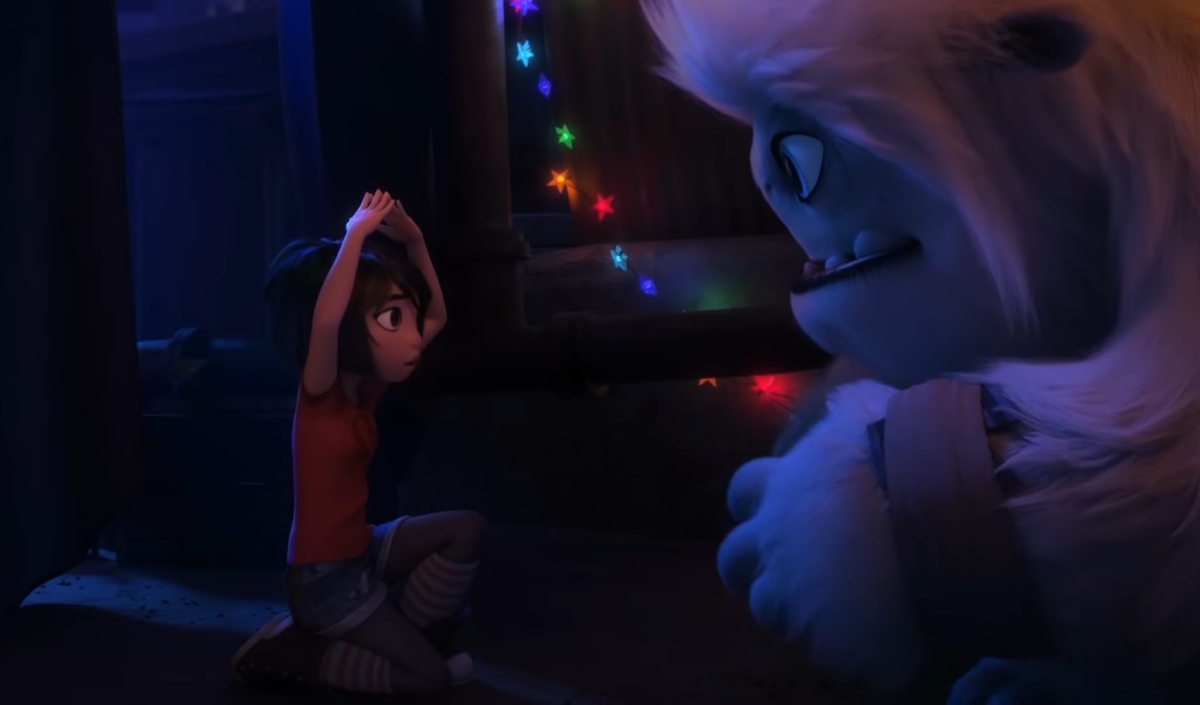You may have seen news break over the weekend about the controversy surrounding DreamWorks’ upcoming animated movie “Abominable”. The animation, which was supposed to premiere in Malaysia on the 7th of November 2019, has been axed from screening in local theaters because its producers declined to meet a censor board requirement to cut one of the scenes in that movie.
For those who aren’t up to speed yet, Abominable is a movie about teenage girl named Yi who finds a yeti living on the roof of her apartment building. The pair then journey across the world to get the yeti home, while being pursued by a wealthy businessman. I know, I’m terrible at summarising movies, but I think you get the gist of it.
However, the controversial bit with this particular tale of wonder and adventure is a very political one, and it is related to China’s equally controversial Nine Dash Line. According to reports, Malaysia’s Film Censorship board ordered a scene to be removed from Abominable which shows China’s Nine Dash Line, an order the film’s producers reportedly declined to meet.
DreamWorks' new movie Abominable features a map supporting total Chinese ownership over the disputed South China Sea area pic.twitter.com/Xm5yUDjXu8
— Hidden Movie Details (@moviedetail) October 13, 2019
Now, while that doesn’t seem to be part of the usual religious, violent or sexual content that our film censorship board usually filters, the Nine Dash Line has been a point of political tension for a long time now. This is because it relates to one of the most important bodies of water in Southeast Asia: The South China Sea.
The South China Sea is incredibly rich in natural resources like oil, gas and fish. But, on top of that, an estimated 30% of global shipping trade passes through this body of water on its way to the economic markets of Southeast Asia and China. It is, obviously, a very important area in this region and right now five different countries lay claim to it.
Now, the United Nations (UN) convention on the law of the sea designates a country’s territorial waters shall not extend beyond 200 nautical miles from their shores, so each country has its fair claim to the waters surrounding its nation. This zone is called the Exclusive Economic Zone (EEZ). This also means that whatever resources a country finds within its designated EEZ will be exclusively theirs.

However, China’s Nine Dash Line doesn’t play by those rules. Instead, the country argues that it has a historical claim to the waters in the South China Sea, that they’ve marked using the aforementioned Nine Dash Line. This U-shaped area takes up 90% of the South China Sea and overlaps with other Southeast Asian countries’ EEZs. Obviously, this created a lot of tension in the region that includes China’s island-building expeditions in the archipelago known as the Spratly Islands, and something called the Cabbage Strategy.
I won’t go into to much detail here because I’m frankly not familiar enough to tell you about it, but you can watch this video Vox made about this whole dispute if you want to learn more about it.
The point here, however, is that China says that their territorial waters follow the vaguely plotted Nine Dash Line, while the other countries in the region do not agree with them. So, when the animation produced by DreamWorks and China’s Pearl Studio launched with a scene solidifying this Nine Dash Line drops, you can start to see why the other countries affected by this territorial dispute aren’t too happy about it.
In fact, Abominable has already been banned in Vietnam, while the Philippines’ foreign minister has also called for the scene to be cut and the film to be boycotted.

Of course, you could say that this call to censor is an overreaction to what is basically a kid’s show about adventure and friendship. But, at the same time, in the world of politics, allowing this Abominable to be published as is could also be seen as a form of legitimising China’s controversial claims over the South China Sea.
Now, I’m usually someone who does not agree with censorship of the arts. I’m a believer of the notion that if you want an educated society that is capable of making their own decisions, you should present them with all the information. Obscuring some truths in favour of others doesn’t always turn out the way you want it to, especially with the advent of the internet and how easy it is to get access to information.
But in this case, it’s a lot more difficult to make a judgement call–especially since I haven’t seen the movie. I have to consider whether something like this is politically motivated, or if it’s actually integral to the storytelling. In my experience, art is as heavily influenced by an individual’s or organisation’s own ideals, as it would be any creative desire to tell a story. And this wouldn’t be the first time art was used to propagate political beliefs, nor will it be the last.
The question here is where would you draw your line in the sand between art and propaganda? Let me know your thoughts in the comments below.








